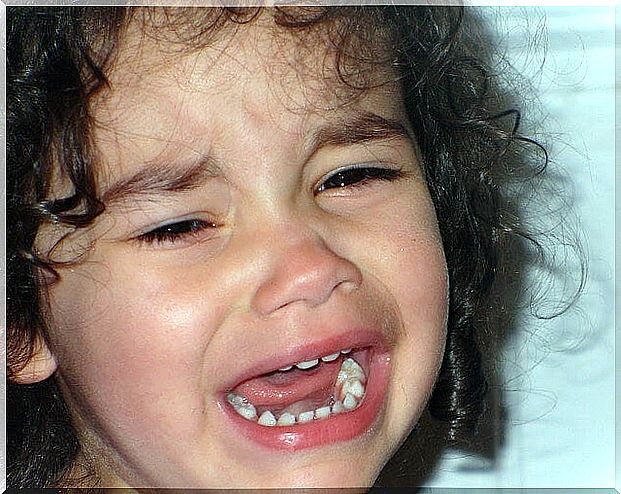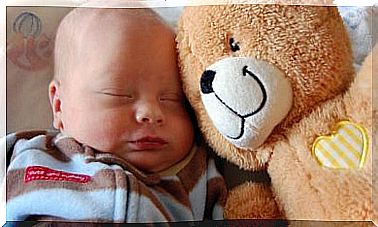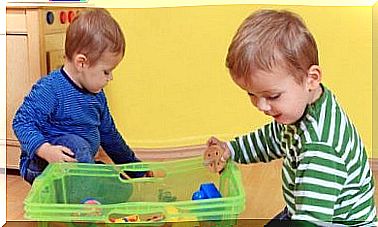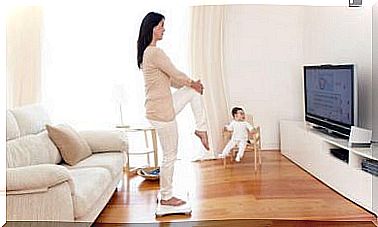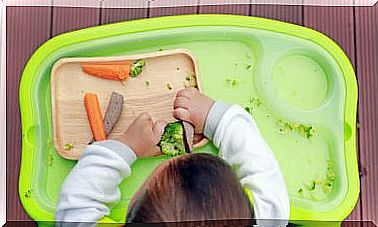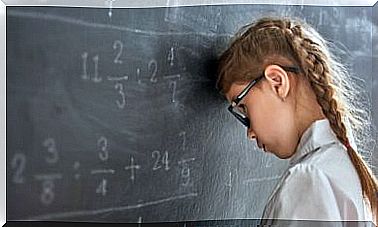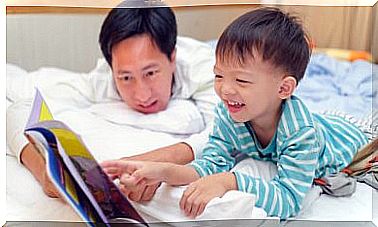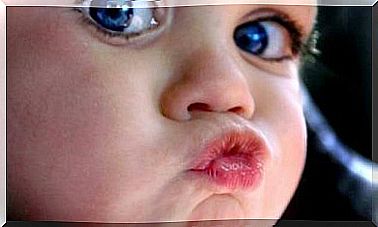ABC Model: Analyze And Correct Bad Behavior

Many parents do not know how to deal with the bad behavior of their children and come to feel overwhelmed and desperate by the situation. Is it your case? Do not worry! We help you put an end to this problem! Read on and discover how to put into practice the ABC model to be able to modify the conflictive behaviors of the smallest of the house.
Keep in mind that children are just that, children, and they are in the process of development. They are not born knowing what the social norms are, or how to manage emotions, or how to express their own thoughts and feelings. All of this is something that you learn over time.
Therefore, when correcting children’s misbehavior, try to be understanding and carefully analyze everything that hides behind these behaviors.

ABC model: analyze and correct bad behavior
The ABC model is used to directly and systematically observe children’s behavior in order to analyze and correct inappropriate behaviors. It is about making a record with information about what happens before, during and after the problem situation.
In fact, the ABC model receives its name from the acronym in English of antecedents, behaviors and consequences ( antecedents – behavior – consequences ). Therefore, to carry out this registration, it is necessary to prepare a table divided into three sections :
- Background : this section should record what happened before the misbehavior occurred, what could have caused it to appear. Example: the child is told that it is time to leave the park.
- Behaviors : in this section, the behavior that occurs as a result of the previous situation must be described, specifying its duration and degree of intensity. Example: the child falls to the ground and begins to scream.
- Consequences : Finally, write down what happened just after the problem behavior occurred. Example: the child leaves the park crying in his mother’s arms.
This can help to understand negative behaviors in children, as well as how often they occur and how they can be modified.
Tips for its application
According to Erin Carroll, Doug Tynan and Lynn Chaiken (2010), to carry out a record of children’s behavior using the ABC model, it is convenient
- Involve all the people who take care of the child, so that they are also in charge of completing the registration table previously prepared.
- Pay attention to behaviors that occur frequently, identifying the patterns that cause the behaviors. Thus, the hours of observation can be reduced, registering only the moments in which conflictive situations usually occur (for example: at bath time, during dinner, etc.).
- Explain to the child, clearly and concisely, what the table consists of and why it is being done.
- Place the table in a visible place in the house, so that both the child and the adults responsible for completing the record always have it in mind.

Benefits of putting the ABC model into practice
Putting into practice a behavior registry based on the ABC model can be very beneficial for the main caregivers of the minors since, thanks to this exercise, objective, reliable and specific data on the behavior pattern of the little ones are obtained. Thus, this valuable information allows
- Detect the causes of bad behaviors.
- Prevent the appearance of bad behaviors.
- Act in a better way when faced with problematic or conflictive situations.
This method alone may not be enough to correct negative behaviors in children, since many parents do not have enough knowledge to deal with and handle these situations adequately.
In this case, it is advisable to go to a professional psychologist, who can offer useful guidelines for dealing with misbehaviors in children. In addition, having previously prepared a record of the behavior, the psychologist will know the specific case better and will be able to give better solutions to the problem. And you, do you dare to implement the ABC model? The results will surprise you!
